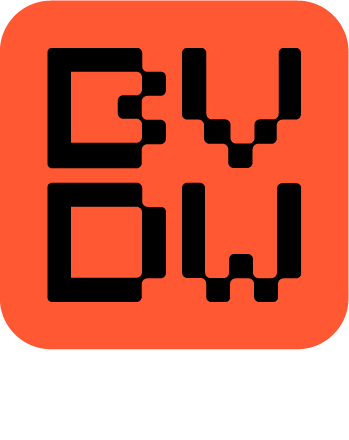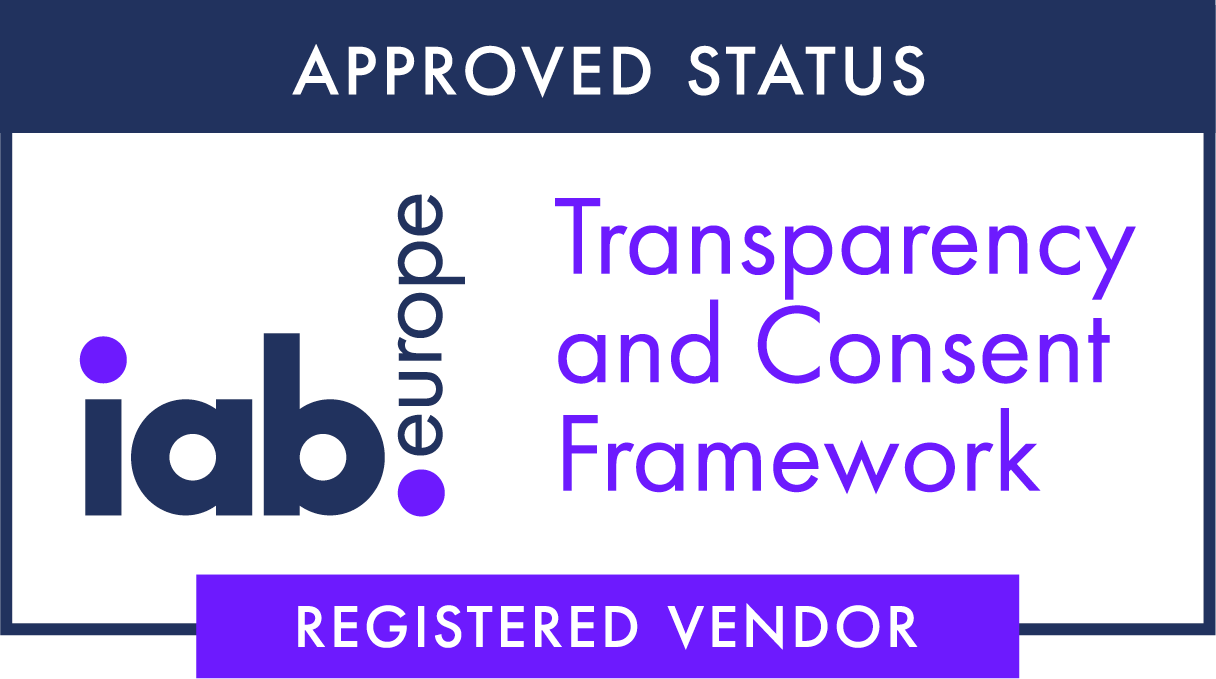Insights
Surge in ad placement prices marked second quarter’s end
Our quarterly Market Monitor analyzes the price development for ad placements across inventories. In the second quarter of 2023, we observed an ambiguous picture.
July 10, 2023
For our Market Monitor, we quarterly examine aggregated campaign data from over 200 clients across all industries within the German advertising market. In doing so, we aim to uncover overarching market developments, helping you to shape your campaign strategies based on informed decisions.
Now, let us dive into the esome Market Monitor Q2/23.
Second quarter ends with price peak
To evaluate the price level for ads, we look at the average cost per mille (CPM). This metric represents the average expenses incurred for every one thousand ad impressions.
At the beginning of Q2/23, the average CPM started to decline after an unusually high-priced start to the year. By the middle of the quarter, prices were finally below those of the previous two years. However, in June, the average CPM experienced a sudden increase and jumped back to the same level we already measured in February.
So overall, the average price level was 7% lower than in the first quarter but still 10% higher than at the same time last year.
The following monthly breakdown chart reveals further details. The chart utilizes our CPM Index (details below) to measure price level changes. Hover over data points to view precise values, and selectively hide specific years from comparison by clicking on their corresponding number in the legend.
Reasons for the high price level are manifold: On the one hand, persistently high general inflation also impacts the advertising market. On the other hand, pricing for ads is a matter of supply and demand.
If demand increases, i.e., more advertisers compete for the same amount of bookable impressions, so does the price for each impression. According to the same logic, advertising slots become more valuable when fewer are available. And this is primarily due to the number of active users and how much content they consume.
The price surge in June likely resulted from a combined influence of these factors. Differences in user behavior further contribute to price variations across different platforms, which we will examine in the following.
Considerable differences between platforms
The table below provides a breakdown of price developments across different platforms. We use CPM again as the price indicator.
Deviation from average CPM indicates how each platform’s average CPM differs from the overall average CPM across all platforms in the second quarter of 2023. This breakdown indicates which platforms are relatively cheap or comparably costly.
Year-over-Year development compares each platform’s average CPM in Q2/2023 with the same period in the previous year (Q2/22). This comparison helps us understand how the platform’s pricing has changed over the year.
| Deviation from average CPM | Year-over-Year development | |
|---|---|---|
| +15% ↑ | -16% ↓ | |
| +28% ↑ | +86% ↑ | |
| +580% ↑ | +16% ↑ | |
| -47% ↓ | -8% ↓ | |
| Snapchat | +18% ↑ | +30% ↑ |
| TikTok | -49% ↓ | -11% ↓ |
| -28% ↓ | +21% ↑ |
As you can see, the average CPM significantly differs depending on the platform.
Both Pinterest and TikTok stood out with particularly competitive CPM levels, nearly half the cross-platform average. Now is a great chance to consider whether these platforms fit your overarching strategy.
However, price differences should not be the only deciding factor because each platform has unique advertising features and target groups. If you want to be always informed about new platform features, you can subscribe to our monthly newsletter.



